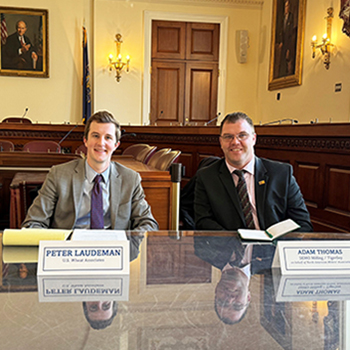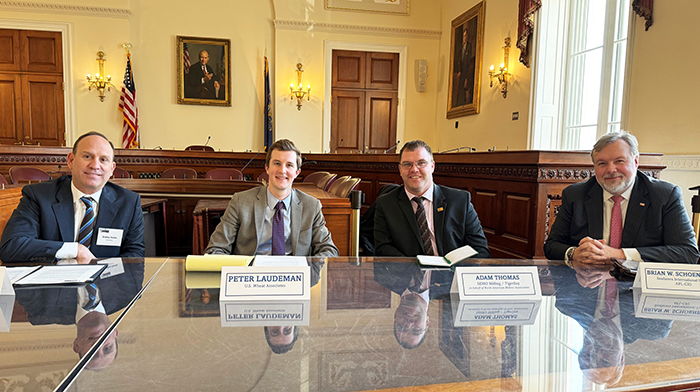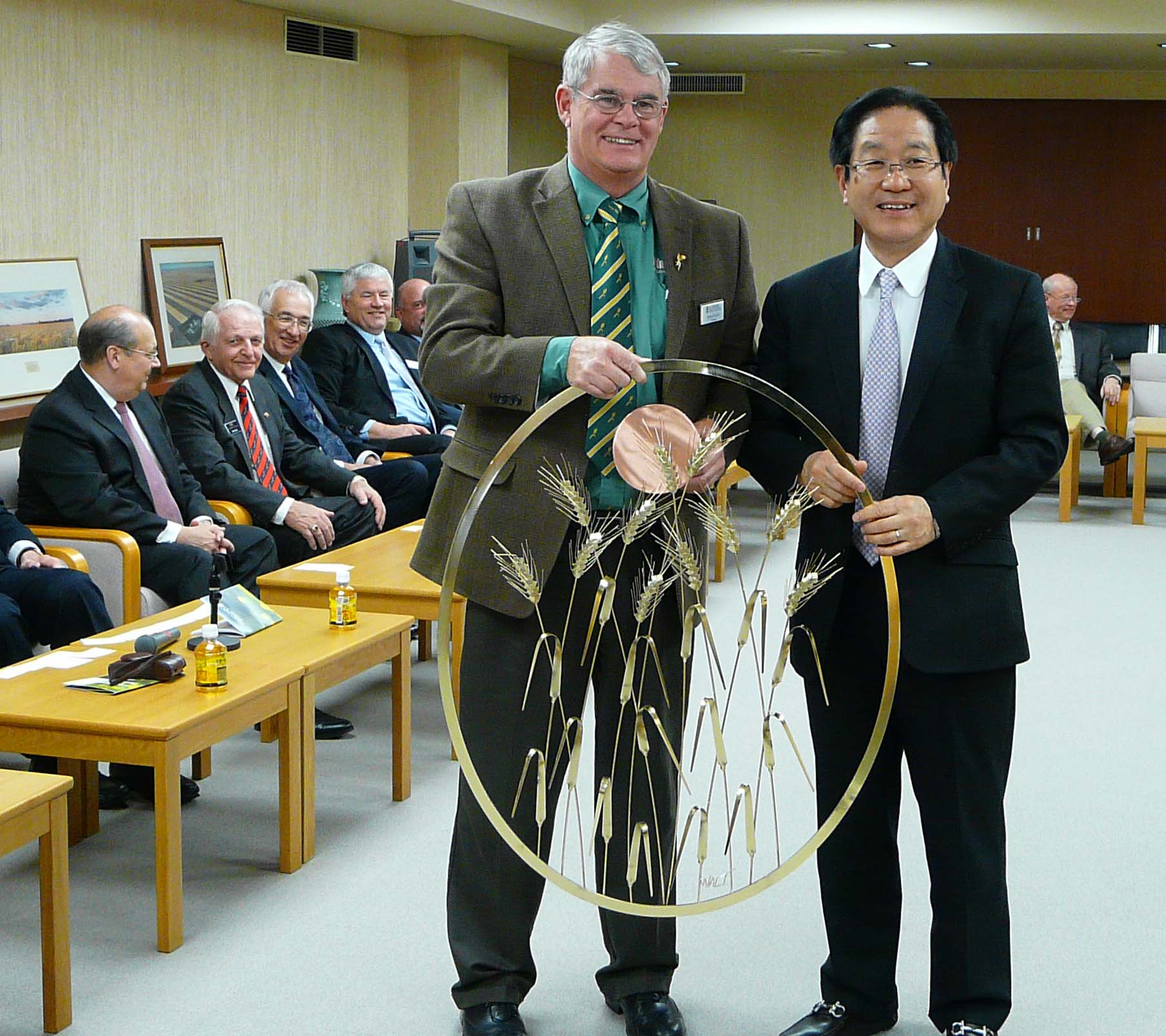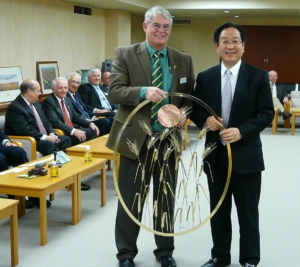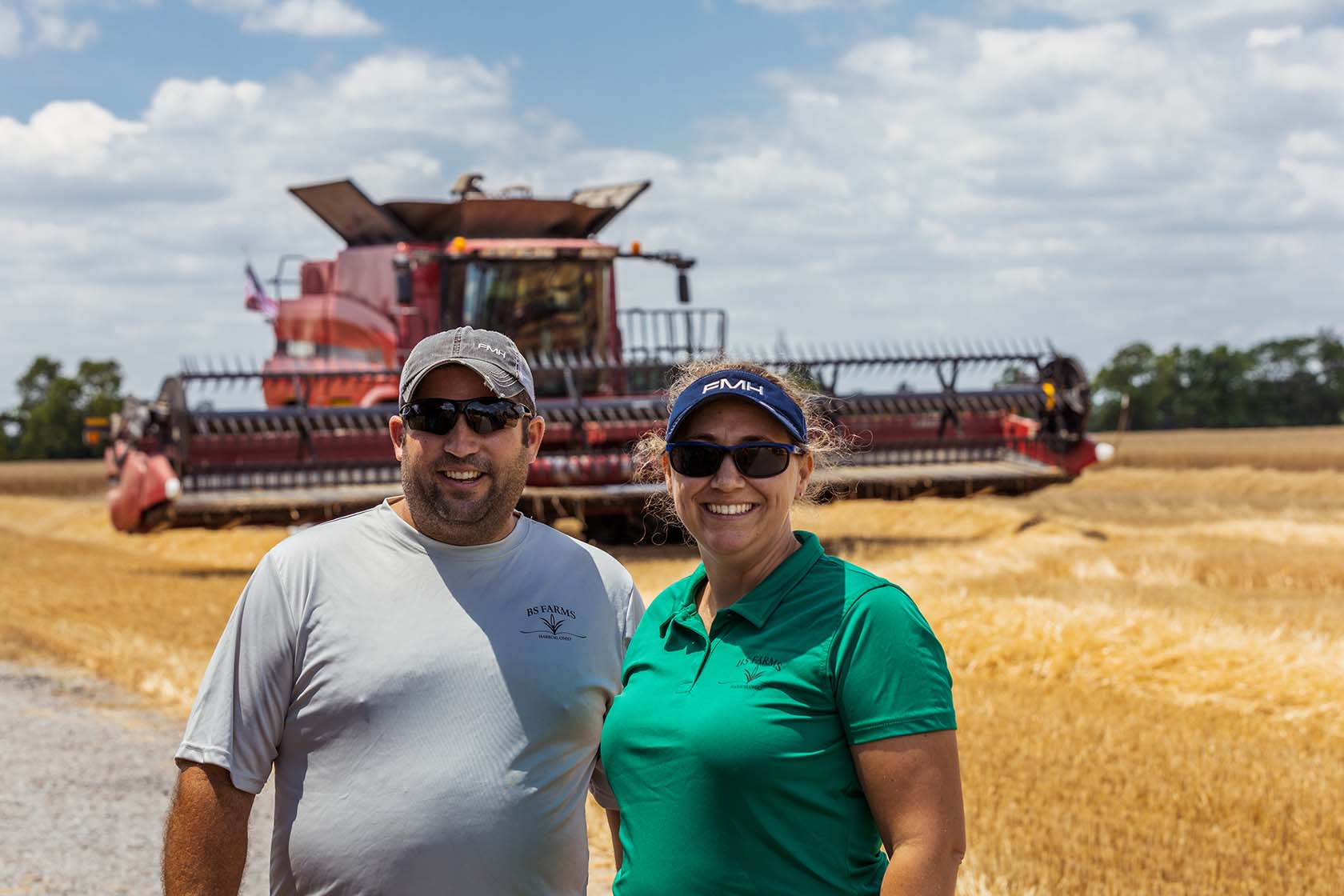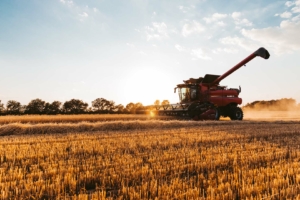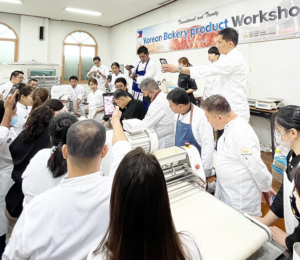
More than a dozen wheat foods popular with consumers in South Korea were introduced to Filipino bakers and millers at USW’s Korea Bakery Workshop last summer.
Movies, music and the cream cheese garlic bun – only one is a baked good, but in a modern twist, each is part of U.S. Wheat Associates’ (USW) effort to grow global demand for U.S. wheat. It’s called the “Korean Wave,” or “K-Wave” for short. It represents the influence of South Korean pop culture on consumers in other parts of the world. Riding the K-Wave, USW has been able to create fervor for wheat-based Korean products in important markets like the Philippines, a top export market for U.S. hard red spring (HRS) and soft white (SW) wheat.
“We’ve seen an incredible influence from South Korea,” Joe Bippert, USW Assistant Regional Director for South and Southeast Asia, said. “Every Filipino seems to be watching Korean dramas. On those dramas, if the stars are not eating food, they’re talking about eating food. K-pop stars are shown eating – let’s say Blackpink Oreos – and suddenly you cannot find them on shelves in the Philippines. That’s the power of the K-Wave.”
Inserting U.S. Wheat into the Wave
USW’s strategy is to monitor consumption trends in markets and promote the quality of U.S. wheat for food products. The K-Wave requires watching Korean trends, as well as trends in markets influenced by the Korean market.
Exhibit No. 1: the cream cheese garlic bun.
“It was one of more than a dozen wheat foods we introduced to Filipino bakers and millers at our Korea Bakery Workshop last summer, and it has since become quite popular with consumers in the Philippines,” Bippert said. “Now you can see it in hotels, at restaurants and on grocery store shelves all across the country.”
Taking advantage of the power of the K-Wave is not a new approach for USW.
“We constantly look at trends in one market that we can translate over into different markets,” Bippert explained. “In recent years we’ve been able to do exactly that through some of our work in Korea. We also look to the future and what products are going to continue to drive the market forward.”
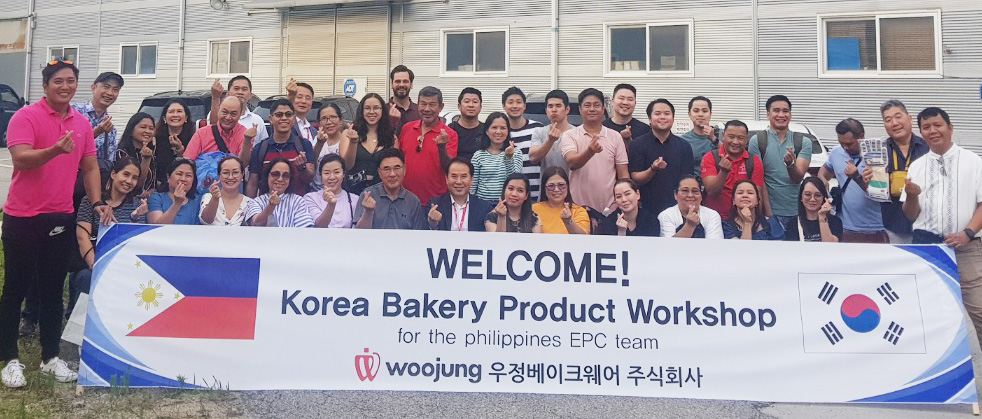
Particpants in USW’s Korea Bakery Workshop pose for a group photo. The purpose of the workshop was to introduce Filipino bakers and millers to foods that could be made with U.S. wheat.
K-Wave – The Basics
K-Wave has been successful in promoting South Korea’s culture, first in China and then in Japan. It touches various things, like fashion, language, and entertainment. It started to gain momentum in the late 1990s.
Today, mostly through social media, K-pop music acts, and popular films and television programs, the K-Wave has impact. It affects consumption patterns and popularity of Korean food in many southeast Asia countries.
Welcome to K-Wave
During COVID, USW conducted webinars in the Philippines focused on Korean wheat foods. Having seen the interest in Korean products, USW later utilized USDA’ s Agricultural Trade Program (ATP) funding to take Filipino bakers and millers to Korea. The goal is to help them learn about products and recipes they could take back to the Philippines.
In July 2023, USW’s offices in South Korea, the Philippines and Singapore teamed to jointly organize a Korean Bakery Workshop. The sessions were held at the Korea Baking School (KBS) in Seoul. Participants in the workshop were bakers and millers from the Philippines.

USW Seoul Food and Bakery Technologist David Oh leads a session during the USW Korea Bakery Workshop.
The theme centered on Korean culture in bakery production.
“We had four Korean master bakers give a presentation on 13 Korean bakery products made with U.S. hard red spring, hard red winter wheat (HRW) and soft white wheat,” explained USW Seoul Food and Bakery Technologist David Oh. Oh has conducted several baking, biscuit, and noodle production courses across the globe. “These were a combination of traditional products and trendy products that were popular with Korean consumers. The bakers creatively taught the participants the recipe formulation, step-by-step processes, and the secrets in producing high-quality Korean bread and cakes.”
Among the products introduced were the handcrafted chocopie (made with HRW and SW), the pandoro (made with HRS) the strawberry spongecake (made with HRS).
Will K-Wave Roll On?
There are no signs the influence of Korean pop culture will ease anytime soon.
“Squid Game 2” is currently in production. K-pop acts are all over the music charts. The K-drama genre is streaming on multiple. platforms. Korean cuisine is dominating the internet.
Meanwhile, USW staff in several markets will continue to look for opportunities to promote U.S. wheat in products caught up in the K-Wave.
“We’ve seen products really gain traction here in the Philippines, and we are seeing a lot of restaurants and cafes offer products made popular by the K-Wave,” Bippert said. “But we see U.S. Wheat’s impact, too. After one of our customers participates in a Korea Baking Workshop, then we see the products they learn about start showing up on the shelves in the Philippines.”


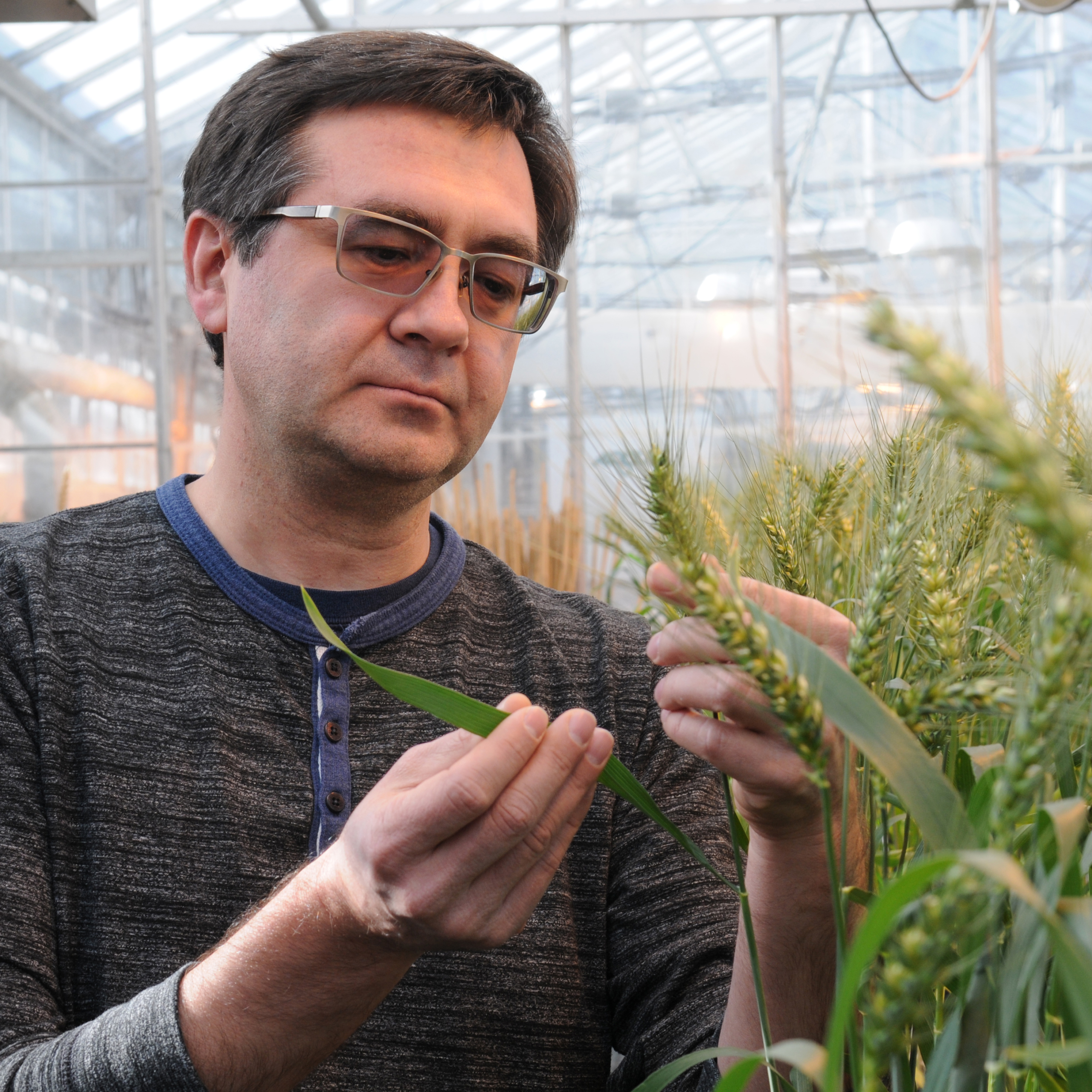
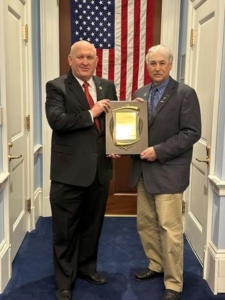
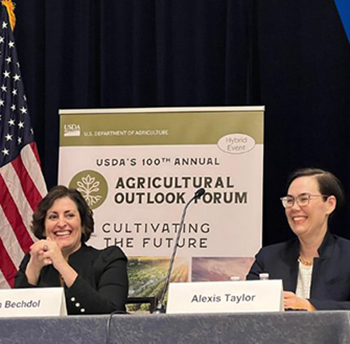
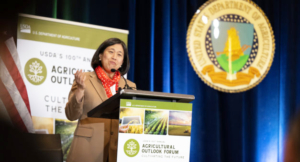

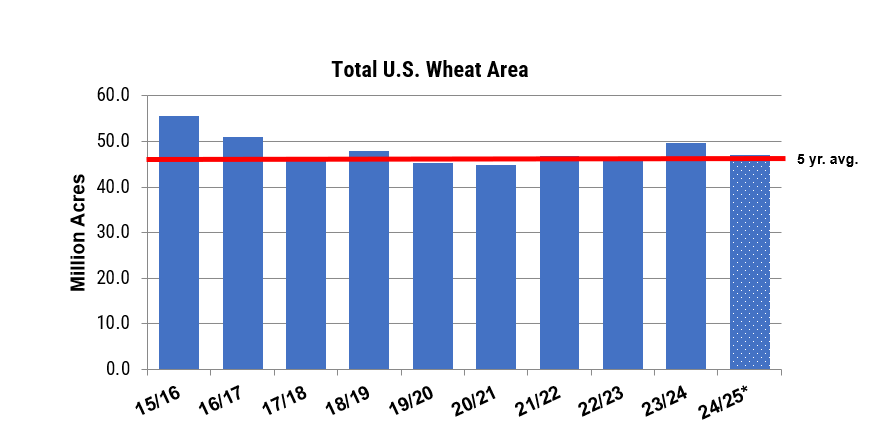
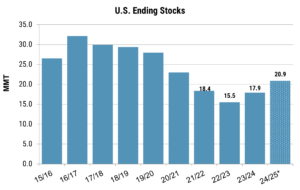
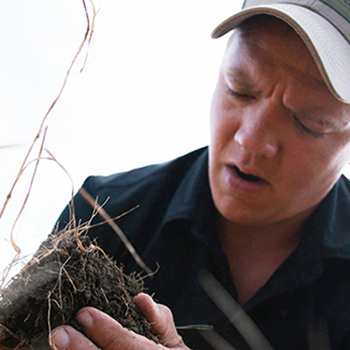
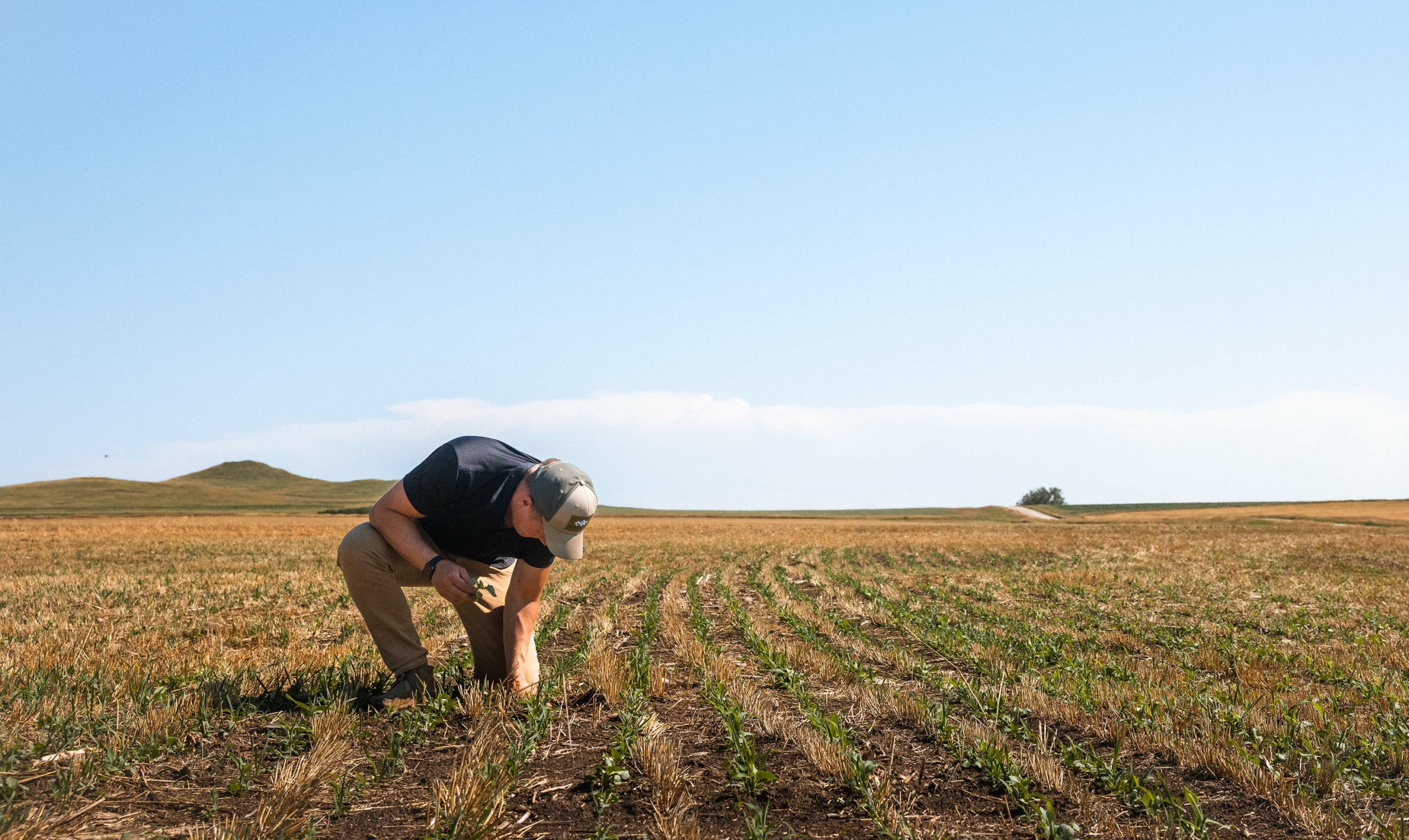

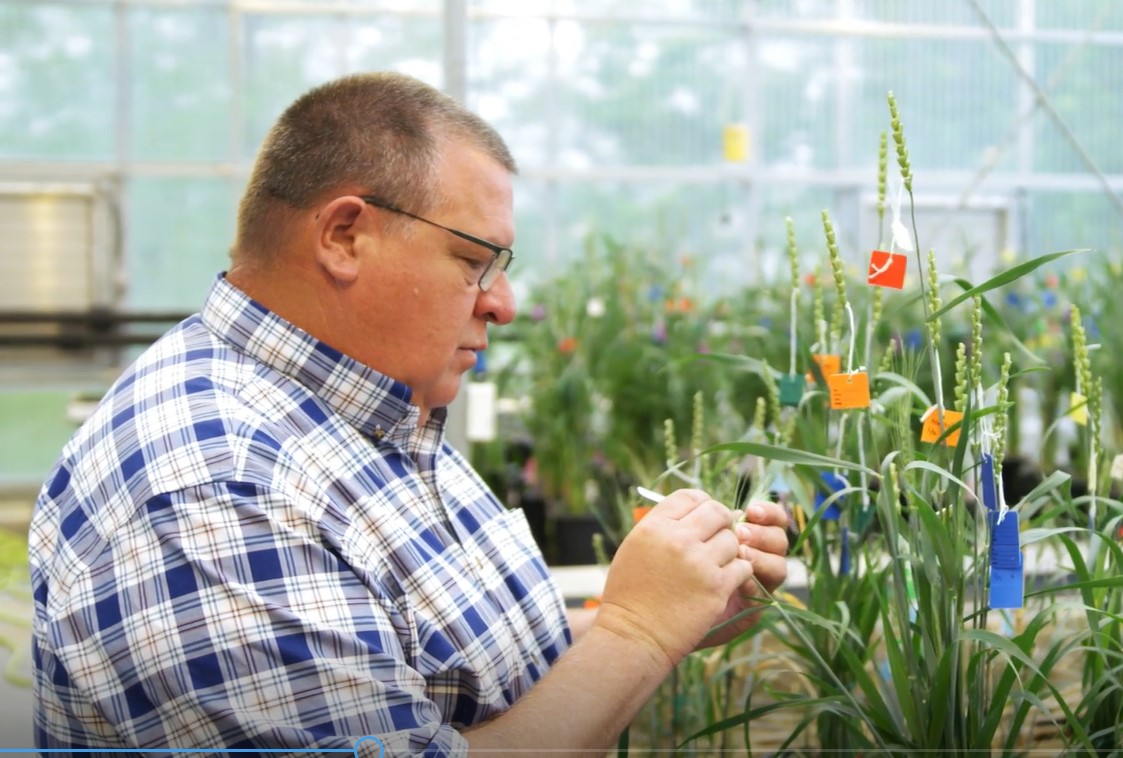

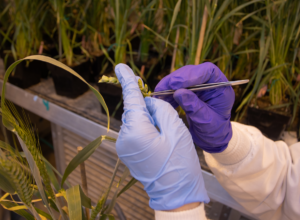
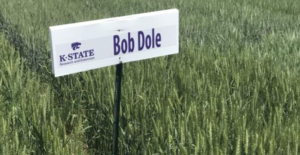
 From uncovering the dense nutrients for improving wheat as a food crop to bringing in trails from wheat’s wild relatives or improving agronomic traits, Gallagher told Harries there is still more to unlock in the wheat genome.
From uncovering the dense nutrients for improving wheat as a food crop to bringing in trails from wheat’s wild relatives or improving agronomic traits, Gallagher told Harries there is still more to unlock in the wheat genome.